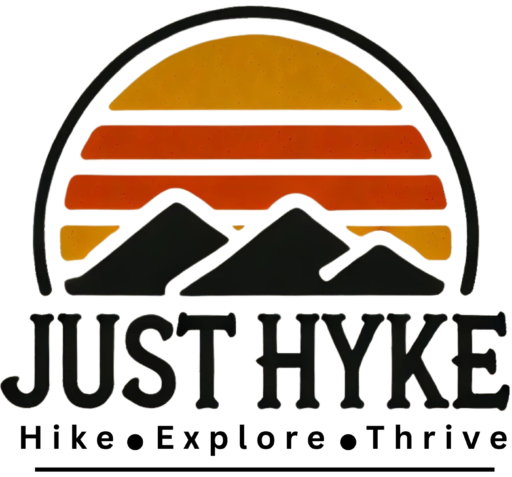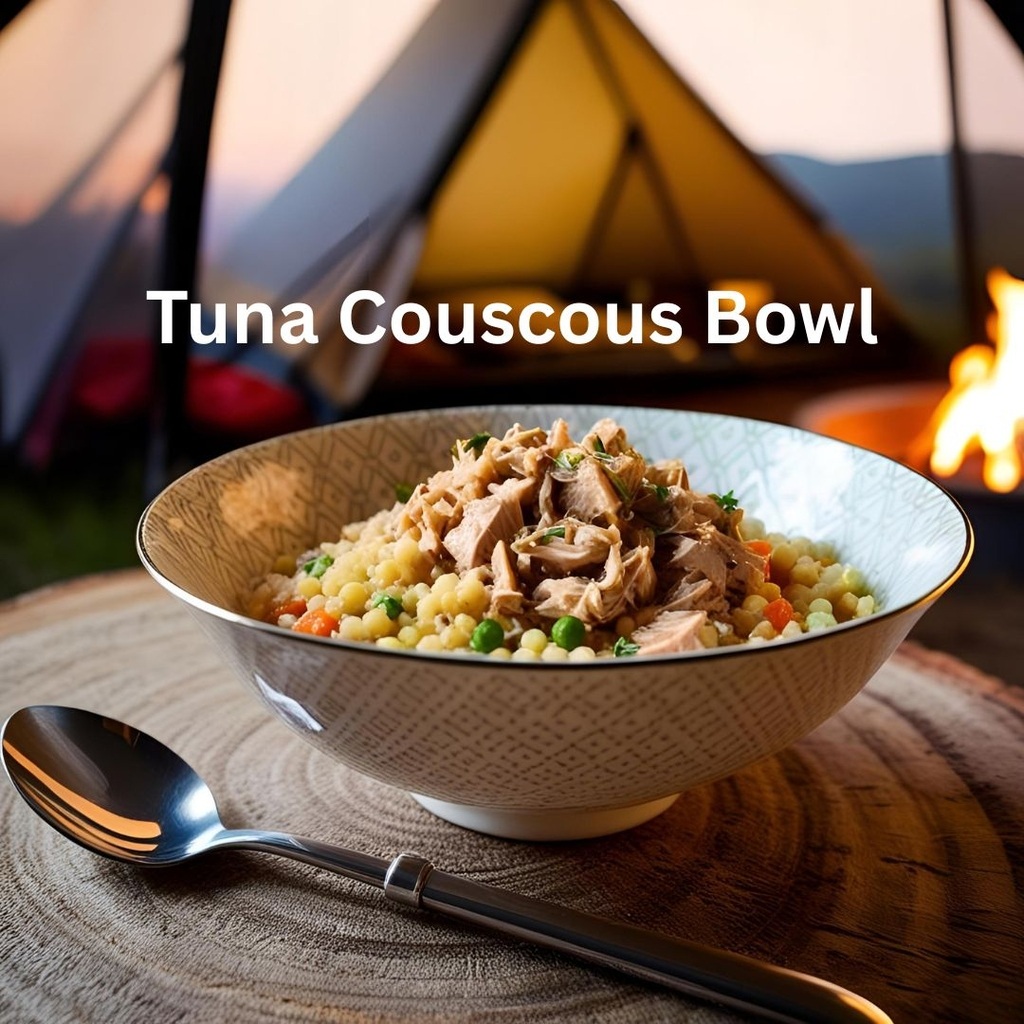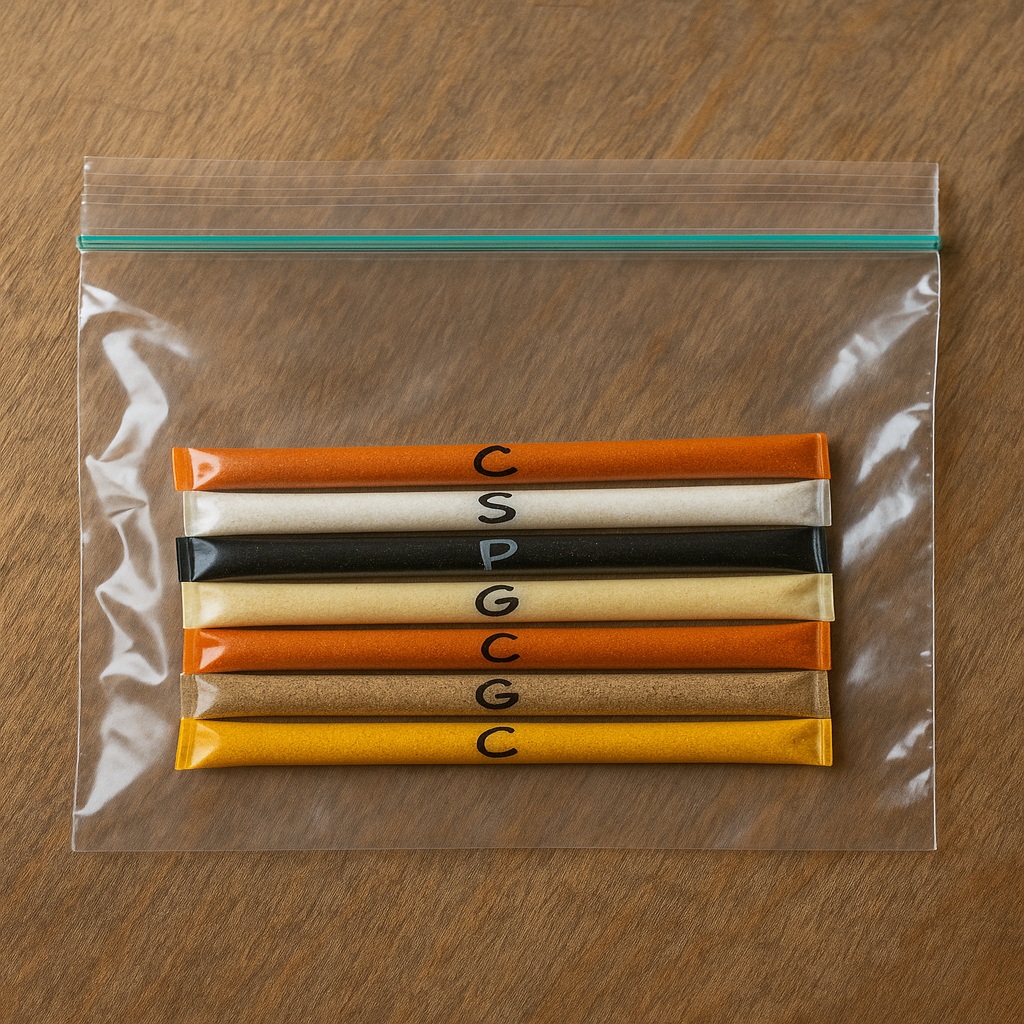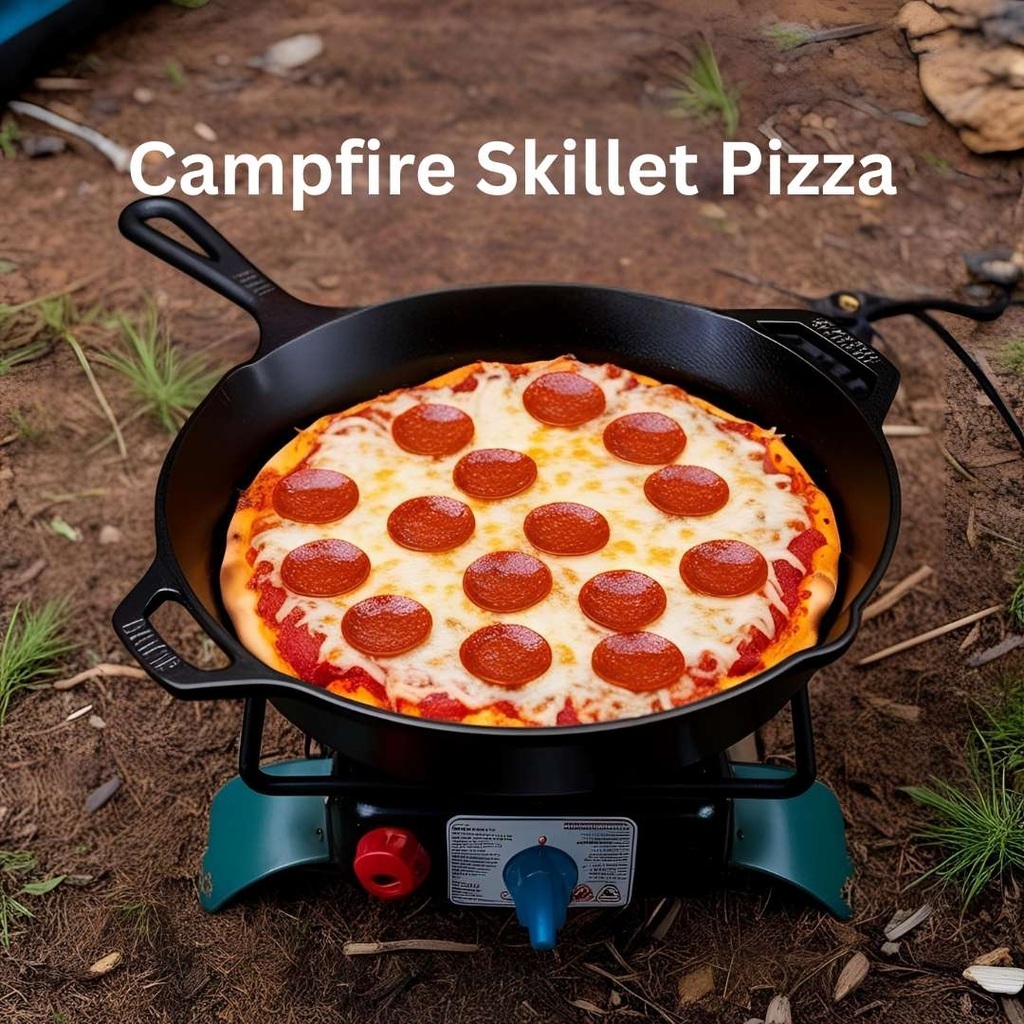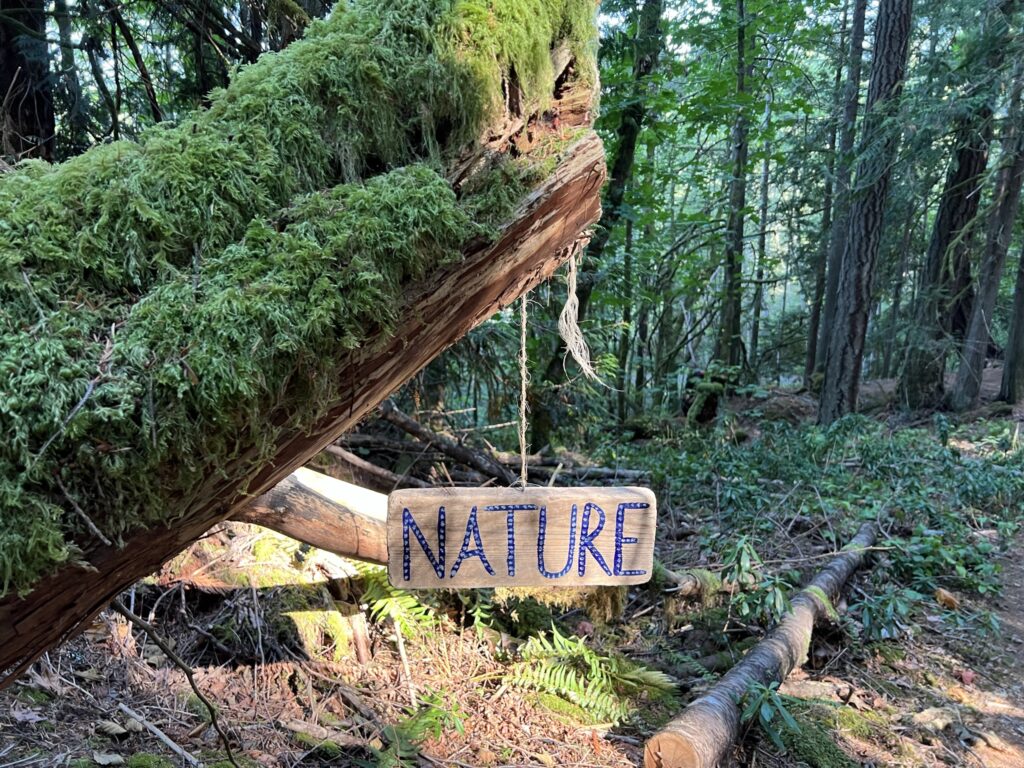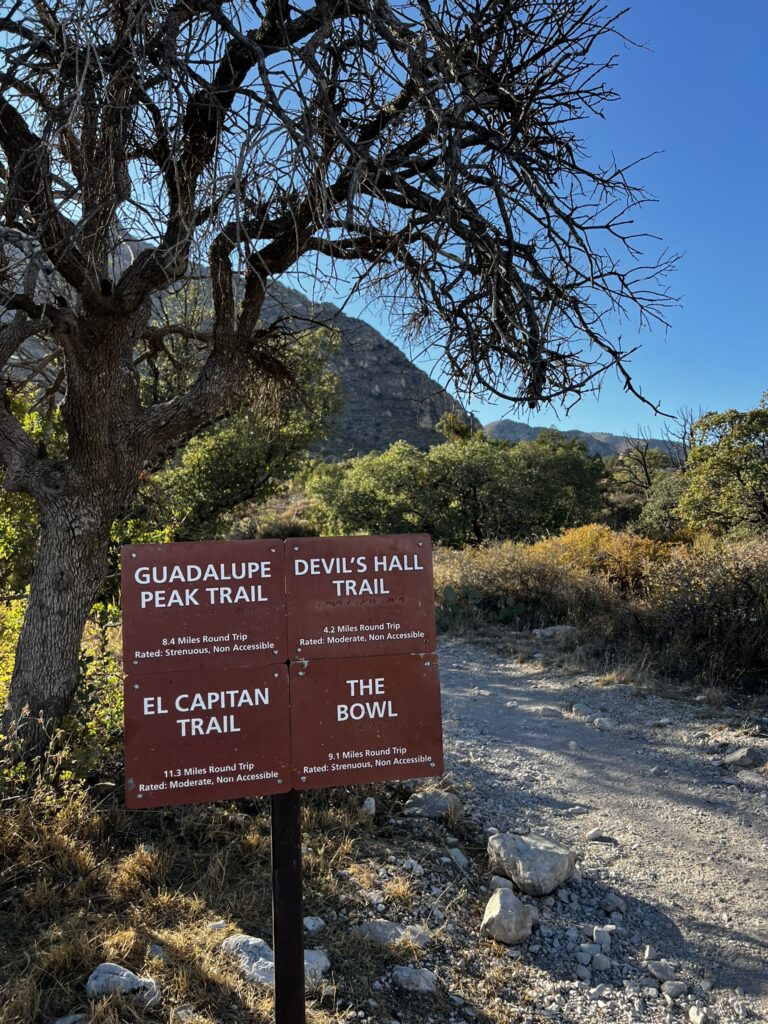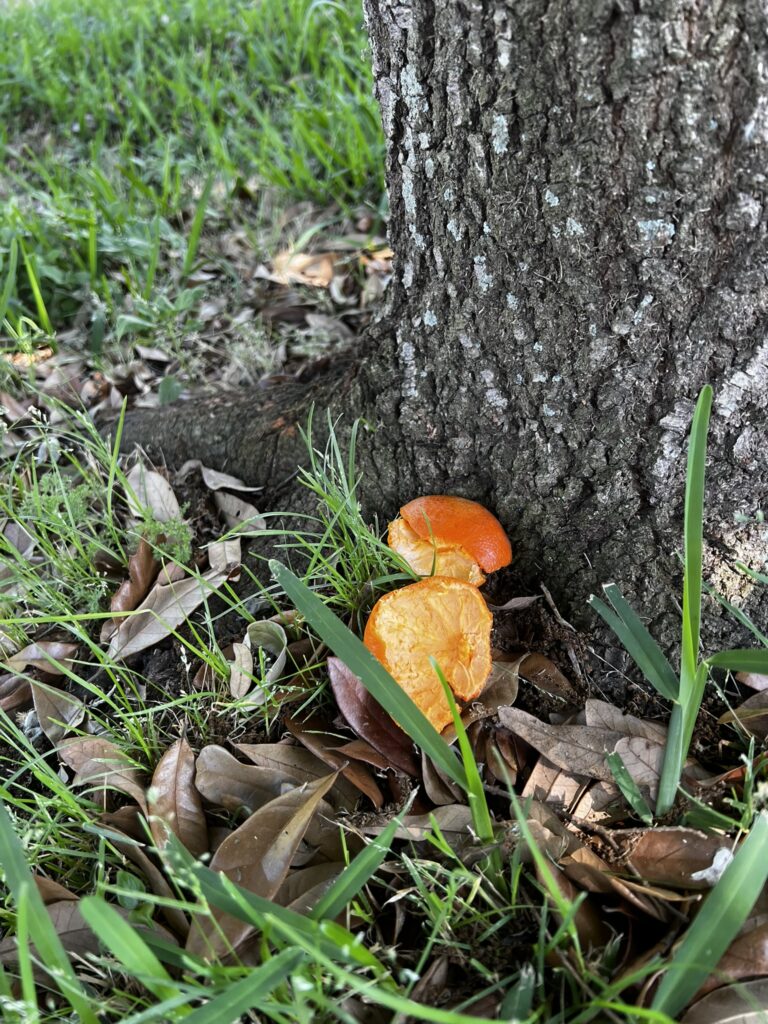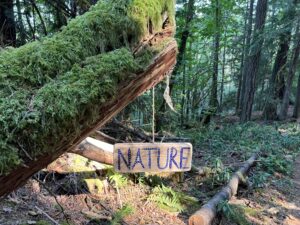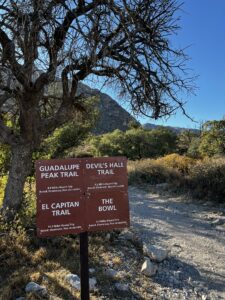Backpacking Recipies
1. Tuna Couscous Bowl Ingredients: 1 pouch (2.6 oz) tuna (any flavor) 1/2 cup instant couscous 1 tbsp olive oil or single-serve packet Salt-free seasoning blend or lemon pepper (optional) Instructions: Boil 2/3 cup water. Stir in couscous and olive oil. Cover and let sit for 5 minutes. Stir in tuna and seasoning. Eat warm or chilled. 2. Ramen Peanut Noodles Ingredients: 1 pack ramen noodles (discard seasoning packet) 1 tbsp peanut butter 1 tbsp soy sauce (or single-serve packet) Red pepper flakes (optional) Instructions: Cook ramen noodles in 2 cups boiling water. Drain most water, stir in peanut butter and soy sauce. Mix until creamy. Sprinkle with chili flakes if desired. 3. Trailside Taco Wrap Ingredients: 1 foil pouch seasoned chicken or beef 2 flour tortillas 1/4 cup instant rice (Minute Rice or similar) Taco seasoning or hot sauce packet Instructions: Rehydrate rice with hot water (cover with boiling water, let sit 5–7 mins). Mix rice with chicken/beef and seasoning. Spoon into tortillas, roll, and enjoy! 4. Lentil Soup in a Mug Ingredients: 1/2 cup instant lentil soup mix (or pre-portioned dehydrated mix) 1 cup water 1 tbsp olive oil or ghee (optional) Crushed crackers or bread cubes (optional topping) Instructions: Add lentil mix to mug or cook pot with water. Bring to a boil, simmer 5–7 minutes until thickened. Stir in oil and top with crushed crackers if you have them. 5. Instant Mashed Potato Bowl Ingredients: 1/2 cup instant mashed potatoes 1/4 cup dehydrated beans or lentils 1 tbsp powdered cheese or nutritional yeast Garlic powder or bouillon cube (optional) Instructions: Add hot water to potatoes and beans (about 3/4–1 cup). Stir until creamy and beans are softened (let sit longer if needed). Mix in cheese powder and seasoning to taste. 6. Cheesy Mac & Peas Ingredients: 1/2 cup instant mac & cheese (dehydrated or box mix) 1/4 cup freeze-dried peas 1 tbsp powdered milk (optional for creaminess) Salt & pepper or garlic powder (optional) Instructions: Boil 1 cup water. Add mac, peas, and powdered milk to pot. Stir and simmer until pasta is soft and cheese is creamy (about 6–8 mins). Season and serve hot. 7. Savory Oats with Veggies Ingredients: 1/2 cup quick oats 1 tbsp nutritional yeast 1/4 cup dehydrated mixed veggies Dash of salt or broth powder (optional) Instructions: Boil 3/4 cup water. Add all ingredients and stir well. Let sit for 5–7 minutes until oats and veggies soften. Enjoy warm, like a trail porridge with a savory twist. 8. Shepherd’s Pie Mash-Up Ingredients: 1/2 cup instant mashed potatoes 1 pouch beef jerky or dehydrated ground beef 1/4 cup dehydrated peas or carrots Gravy packet (optional but tasty!) Instructions: Rehydrate potatoes, beef, and veggies with hot water (about 1 cup). Stir until creamy and hot. Mix in gravy powder if using and enjoy a hearty trail meal. 9. Coconut Curry Rice Ingredients: 1/2 cup instant rice 1 tbsp coconut milk powder 1 tsp curry powder 1/4 cup freeze-dried veggies or lentils (optional) Instructions: Boil 3/4 cup water. Add rice, coconut powder, curry, and veggies. Let sit 8–10 minutes, stir well, and eat hot. 10. Chili Cheese Bowl Ingredients: 1/2 cup dehydrated chili mix (or instant chili beans) 1 tbsp cheese powder or shredded cheese (shelf-stable) Tortilla chips or crackers (for topping) Hot sauce packet (optional) Instructions: Add hot water to chili mix (about 1 cup). Let sit or simmer until thickened. Stir in cheese powder, top with crushed chips, and dig in! All of these recipes are: Lightweight No refrigeration needed Easy to make with just boiling water and one pot Customizable with extra spices, sauces, or dehydrated veggies Packing Tips for Backpacking Meals 🔹 1. Pre-Measure and Pre-Pack Individual Meals Use quart-sized freezer Ziploc bags or reusable silicone bags. Label each meal with a Sharpie (e.g., “Dinner Day 1: Ramen Peanut Noodles”). Include cooking instructions right on the bag with a marker or sticker. 🔹 2. Use Single-Serve Condiments Bring soy sauce, olive oil, peanut butter, and hot sauce in small packets (often found at restaurants or bought in bulk online). Store all condiments in a snack-size bag to avoid leaks. 🔹 3. Pack a Spice Mini-Kit Carry a few spice straws or small containers with essentials: salt, pepper, garlic powder, or curry powder. Film canisters, Tic Tac boxes, or refillable pill organizers work well. 🔹 4. Double-Duty Ingredients Choose ingredients that can be used in multiple meals (e.g., instant rice, olive oil, or freeze-dried veggies). Saves space and weight in your bear bag or food sack. 🔹 5. Use a Collapsible or Lightweight Pot Opt for a Titanium or aluminum pot with a tight lid. A lid that doubles as a strainer can be handy for draining noodles. 🔹 6. Bring a Mug-Style Insulated Container Works great for “re-hydrate and sit” meals like lentil soup or mashed potatoes. Keeps food warm longer and saves fuel. 🔹 7. Consider a Cozied Bag for Soaking Use an insulated cozy or DIY one with bubble wrap or foam to let food cook off-heat. Great for saving fuel when rehydrating lentils, rice, or oats. 🔹 8. Trash Management Always pack a zippered trash bag or a designated stuff sack for used food bags and wrappers. Bring a small odor-resistant bag if you’re hiking in bear country. 🔹 9. Water-Efficient Cooking Choose meals that need minimal water (like instant potatoes or couscous). Bonus: the water used can double as cleanup water if you eat directly from the bag. 🔹 10. Fuel Smart Plan meals that require only boiling water to reduce stove time and fuel use. No-cook or soak-friendly options can help if your fuel runs low.
